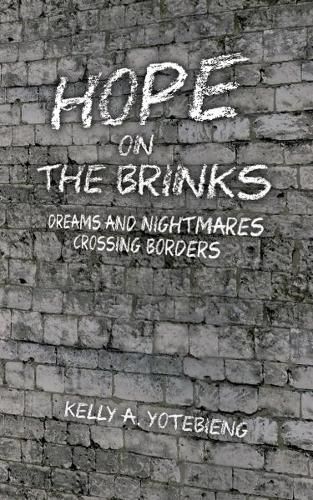Readings Newsletter
Become a Readings Member to make your shopping experience even easier.
Sign in or sign up for free!
You’re not far away from qualifying for FREE standard shipping within Australia
You’ve qualified for FREE standard shipping within Australia
The cart is loading…






This title is printed to order. This book may have been self-published. If so, we cannot guarantee the quality of the content. In the main most books will have gone through the editing process however some may not. We therefore suggest that you be aware of this before ordering this book. If in doubt check either the author or publisher’s details as we are unable to accept any returns unless they are faulty. Please contact us if you have any questions.
Much writing and popular media coverage of forced migration portrays refugees in a frame of helplessness and vulnerability. Focusing on the ‘suffering refugee’ obscures our ability to recognize the collective strength of refugee communities and how these strengths allow displaced persons to reorganize their lives in informal settlements in growing cities of the developing world. This book sheds light on how a growing population of urban refugees from Rwanda rebuilt their lives and communities after conflict and displacement in Cameroon, and how quickly things can change when their legal situation is called into question. Turmoil in the Central Africa region has led to over 500,000 refugees and asylum seekers arriving over the past several decades in Cameroon, the safe haven of the Central Africa region. This book aims to present human faces to the sea of refugees dominating our television screens, illustrate the range of their experiences rather than boiling the trajectories down to simple flight and displacement, and underline how their situations demonstrate resilience and hope in their ability to endure extreme hardship in chaotic urban environments. Indeed, even under the guise of rapidly changing and exclusive immigration policy, displaced persons try to keep their lives moving forward. A better understanding of hope and practice that lead to desired outcomes of refugees within growing urban centers in developing countries is imperative to inform these resilience building programs that humanitarian agencies are still grappling to design.
$9.00 standard shipping within Australia
FREE standard shipping within Australia for orders over $100.00
Express & International shipping calculated at checkout
Stock availability can be subject to change without notice. We recommend calling the shop or contacting our online team to check availability of low stock items. Please see our Shopping Online page for more details.
This title is printed to order. This book may have been self-published. If so, we cannot guarantee the quality of the content. In the main most books will have gone through the editing process however some may not. We therefore suggest that you be aware of this before ordering this book. If in doubt check either the author or publisher’s details as we are unable to accept any returns unless they are faulty. Please contact us if you have any questions.
Much writing and popular media coverage of forced migration portrays refugees in a frame of helplessness and vulnerability. Focusing on the ‘suffering refugee’ obscures our ability to recognize the collective strength of refugee communities and how these strengths allow displaced persons to reorganize their lives in informal settlements in growing cities of the developing world. This book sheds light on how a growing population of urban refugees from Rwanda rebuilt their lives and communities after conflict and displacement in Cameroon, and how quickly things can change when their legal situation is called into question. Turmoil in the Central Africa region has led to over 500,000 refugees and asylum seekers arriving over the past several decades in Cameroon, the safe haven of the Central Africa region. This book aims to present human faces to the sea of refugees dominating our television screens, illustrate the range of their experiences rather than boiling the trajectories down to simple flight and displacement, and underline how their situations demonstrate resilience and hope in their ability to endure extreme hardship in chaotic urban environments. Indeed, even under the guise of rapidly changing and exclusive immigration policy, displaced persons try to keep their lives moving forward. A better understanding of hope and practice that lead to desired outcomes of refugees within growing urban centers in developing countries is imperative to inform these resilience building programs that humanitarian agencies are still grappling to design.